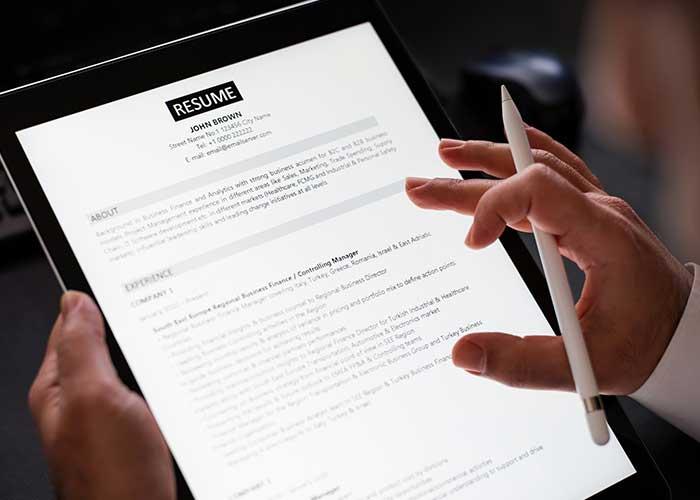
Succeeding as a Successor: 5 Tips
By Jason Petros COVID-19 has been disruptive in so many ways, including to planned leadership transitions. Many healthcare CEOs and other top executives have delayed...
By Jason Petros
COVID-19 has been disruptive in so many ways, including to planned leadership transitions. Many healthcare CEOs and other top executives have delayed their exits as their organizations learn to navigate a new paradigm. These leaders’ designated successors, if they have been identified, must show patience and understanding. As the late Tom Petty put it, “The waiting is the hardest part.”
Whatever the circumstances, being the next in line for a top job is challenging. After discussions with executives across the healthcare provider ecosystem, I embarked to understand some of the intended and unintended consequences, emotional challenges, and professional decisions that successors are challenged with once they are named or insinuated as a potential successor to their boss. Successors are usually identified 1-2 years before they are expected to ascend to their new role although this timeline can also be extended. While this gives them plenty of time to prepare and anticipate the challenges of their next role, it also represents a period of time that can be very hard to endure.
A few things to consider if you have gotten to the precipice and have been named a successor for a new role:
- Don’t forget about your day job. It is natural that you will begin taking a much broader organizational point of view as you await your next position; but it is important to keep your focus on the task at hand even as you are preparing for the next one. Patience is not only a virtue, but as a potential internal candidate, the practice of patience will strengthen your resolve in setting your organization’s strategic direction. Whether named or insinuated as a successor, confidentiality is paramount. Tamp down the desire to share the exciting news. Verbalizing the future appointment can be detrimental to your future success and to the organization’s current success. Retaining the confidentiality is a sign of respect for the incumbent and allows them the opportunity to determine their own final chapter. Often, successors will have created an implicit or explicit list of agenda items to be completed in their first few years in the next role. Understand that these to-do’s will have to wait. Establishing patience as a competency can help you succeed in the next job once you get it.
- Don’t jump the gun. You will become acutely aware that there will be decisions made the incumbent, your predecessor, will not need to live with once they are gone – for example, deciding on large capital expenditures or hiring new senior leaders into the organization. The natural inclination here will be to more forcefully exert your opinion but best counsel is to take the long view and do your level best to stay out of small “p” politics. That said, if you have been named a successor, it is important that you have a frank conversation with your boss or your Board about your involvement in decisions that will have a lasting impact.
- Consider your replacement. As the internal clock begins ticking, you will begin to think differently about the downstream impacts of your promotion. Succession is important at all levels, so be absolutely sure you have a few people, and/or a plan in place to replace yourself. If finding your successor is someone else’s responsibility, offer help and then, as much as possible, facilitate the new person’s transition into your role. While many look to hire a successor in their own vestige, replication is not possible or advised. I encourage an open mind and an objective process to identify the person most likely to succeed based upon future expected need. In the consideration of your successor, know thyself. There is a period after every promotion when you will need to quickly get up to speed on areas you did not anticipate and re-train yourself to succeed in new areas of focus. Leaders often will have a predisposition towards their prior role and as such, part of the development plan should be identifying techniques that will prevent you from going back to your comfort zone.
- Keep the big picture (and worst case scenario) in mind. Planned successions don’t always come to fruition. For some, particularly those that have committed deeply to their organization, you will find yourself worried that, if something were to somehow become derailed, there are years gone by wherein you could have been considered for other opportunities. Naturally, there will be issues that may surface which raise the emotional stakes for you. This might include your personal drive, interest in professional development, issues related to stability and/or control, which can all create a sense of vulnerability. Self-monitoring and regulating your reaction in the moment is important.While real this worry can be a manifestation of ego, which should be kept in check. Revisit your successes over the years and tally up what you have learned so that you can make your next professional decision objectively driven.
- Do you have all that you need to ‘hit the ground running’? A mistaken assumption of internal successors (and their organizations) is believing they inherently have the data, relationships, and level of engagement that will be required to be successful. You may want to engage other key constituents, colleagues, and trusted external parties in the management of their expectations and your own.
Internal successors for new positions encounter a range of experiences and emotions. Understand that not everything will go just as ideally planned in your succession, but your patience and awareness of the big career picture will pay off.









